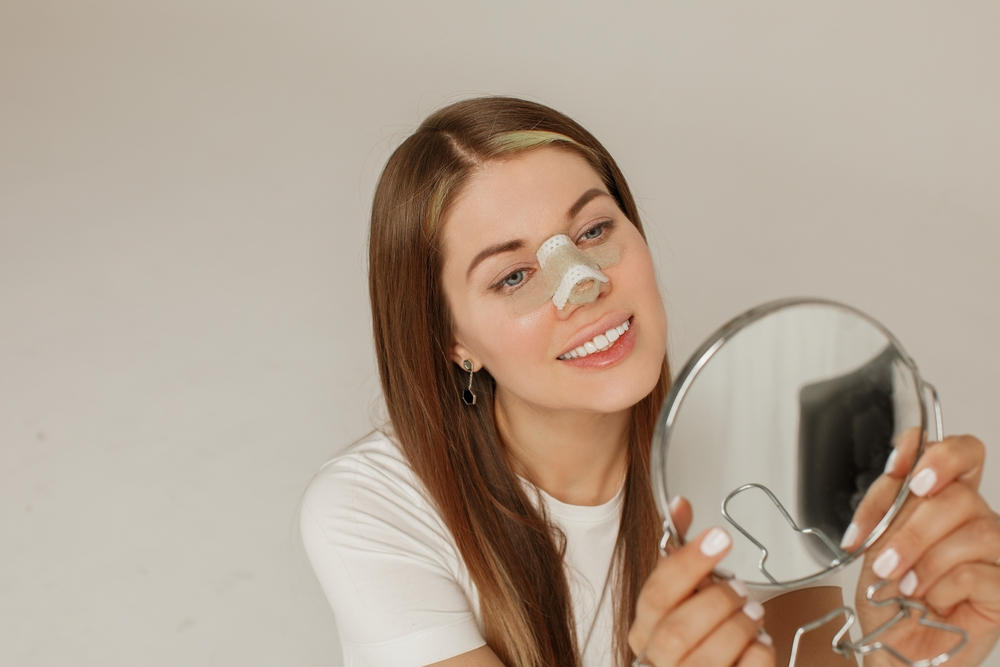Before deciding whether rhinoplasty is right for you, it is important to understand what the procedure involves and the risks involved.
Before undergoing a procedure, you should remove your make-up, take off any piercings, and wear comfortable clothes. Afterwards, you should elevate your head whenever possible, and keep cold packs near your eyes to reduce post-operative swelling. You may be able to shower on the second day after surgery, but you should be careful to avoid getting the splint or tape wet. If you notice that the splint or tape is becoming loose or is falling off, you should call your surgeon for advice.
Risks of rhinoplasty
As with any surgery, there are risks associated with rhinoplasty. The most common risk is infection. Infections are caused by bacteria that enter the bloodstream through the incision. Though this risk is relatively low, patients should still take appropriate measures to minimize the chances of an infection. These steps include following post-surgical instructions, properly cleaning the nose, and taking prescribed antibiotics.
Surgical risks include nose bleeds following the procedure, infection, and poor wound healing. However, these complications are relatively rare and can be effectively treated. Most patients are not at risk of serious complications following rhinoplasty. Other common risks include scarring, infection, and breathing problems. If you feel you have any risk factors, it is important to discuss them with your plastic surgeon.
Swelling around the eyes is another common side effect of rhinoplasty. This is most noticeable in the first few days and gradually decreases within two weeks. However, a small amount of swelling may persist for up to six months. Patients should not engage in strenuous activities for 3 to 6 weeks after the procedure. They should also avoid playing contact sports or engaging in activities that may damage their nose.
Complications of rhinoplasty
There are a variety of complications that may arise during rhinoplasty. Inadequate diagnosis, surgical technique mistakes, and variations in patient anatomy and healing response all pose risks. Overly aggressive rhinoplasty is a particular risk and may result in complications that are more difficult to correct.
Although complications are uncommon, they can occur. They can occur during surgery, as well as in the weeks and months afterward. If complications are severe enough, revision surgery is an option. Moreover, it is important to remember that a rhinoplasty surgeon must consider all possible risks of the procedure.
One of the most common complications is nasal tip projection. It can be prevented through careful patient selection and consideration of psychological disturbances before the procedure. Postoperative deformities are a major risk of rhinoplasty and cause revision surgery in 5% to 15% of patients. An analysis of the types of postoperative deformities can help identify specific risks associated with rhinoplasty.
Informed consent forms should mention these risks. These forms cover a broad range of topics, but often omit important complications. It is vital to document any complications that occur during the surgical process or afterwards. Informed consent forms should include all possible information regarding risks and complications. They also should explain what to expect if a patient is unhappy with the outcome of the procedure.
Natural-looking result of rhinoplasty
While the term “natural-looking” has a negative connotation, there are several ways to obtain a natural-looking result from rhinoplasty. The first is to make sure you’re a good candidate for the surgery. Many procedures require extensive physical examinations and laboratory tests. These tests help your physician determine whether you’re a good candidate and whether the surgery will have any effect on your physical features. A rhinoplasty surgeon will also need to know your current health condition. If you have a bleeding disorder or are on certain medications, for example, you should avoid the procedure.
The most natural-looking result of rhinoplasty is the one that complements other facial features while maintaining the nose’s function. These results are the ones that leave no visible signs of surgery, resulting in a symmetrical facial appearance and a harmonious relationship between the face and the nose. A good rhinoplasty doctor can also help you achieve a more symmetrical and harmonious facial appearance.
While rhinoplasty is not a life-threatening procedure, you should avoid any strenuous activity, including smoking and blowing your nose. Also, you should avoid showering after rhinoplasty, since bumping your nose could move a broken bone.

